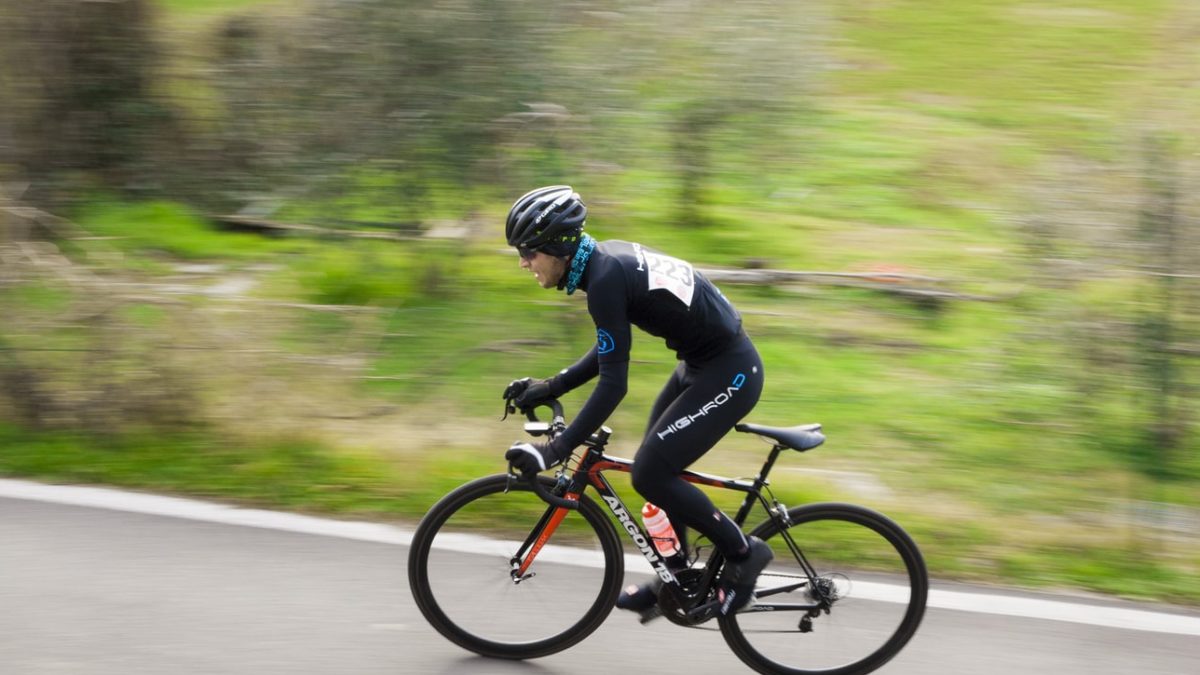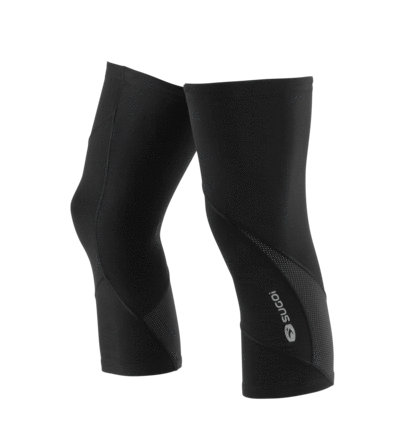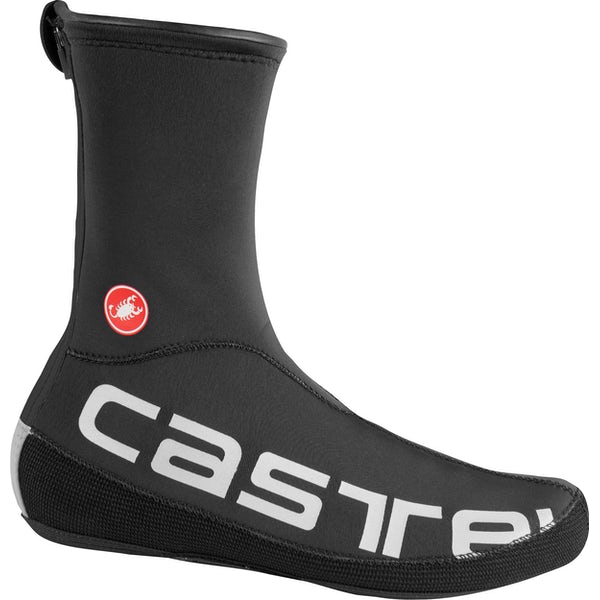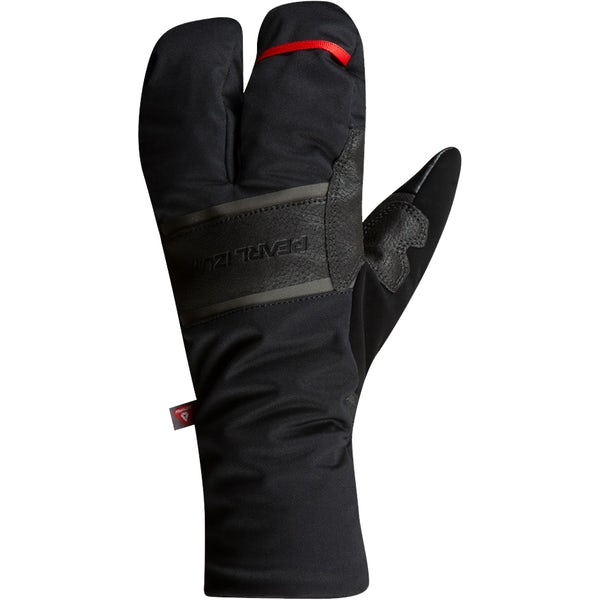7 essentials for transitioning into colder weather rides
Ease seamlessly into fall cycling
 Photo by:
Mattia Cioni/Unsplash
Photo by:
Mattia Cioni/Unsplash
The transition from summer to fall can be a huge bummer for cyclists. Morning rides are dark and cold, getting ready to bike takes way more time and everything feels like more work. Make fall riding easier on yourself by setting yourself up with a few of these essentials.
1. Arm warmers
 Arm warmers are easily removable for warmer fall rides
Arm warmers are easily removable for warmer fall ridesYou don’t have to put away your summer cycling jerseys just yet—arm warmers will easily convert any jersey into a long sleeve jersey. For any unseasonably warm fall days they also have the added benefit of being removable and easily packable into a rear pocket.
When looking for arm warmers try to find ones with a sticky band or some kind of retention at the top of the arm—there’s nothing more frustrating than arm warmers constantly falling down while you try to focus on your ride.
2. Leg warmers, knee warmers or embrocation cream
 Knee warmers, for poodles and cyclists
Knee warmers, for poodles and cyclistsLegs generally don’t get cold as quickly as some other body parts, so there are a variety of methods for keeping your lower extremities at exactly the preferred temperature during your ride.
Embrocation cream
This unique leg warming method doesn’t even involve clothing. Legs feel chilly in cold weather because the blood in them retreats to your core to warm essential organs. Embrocation cream works as a mild irritant, redirecting blood into the lower extremities by stimulating the leg’s blood vessels. It keeps you warm without the need for added clothing.
Knee warmers
There’s a specific reason poodles are shaved with balls of hair around their legs and head. The dogs were once used as a water breed, but their hair would weigh them down. Owners couldn’t shave them completely because they would get too cold, so hair was left around the important parts, including the joints. Like a poodle, knee warmers keep your joints warm but don’t weigh you down.
Leg warmers
The arm warmers of the legs, these accessories can transform any bibs into colder weather gear. As funny as it looks, the easiest way to get ready is to put on your base layer, arm warmers and leg warmers first, followed by your bibs and jersey.
3. Warm socks and shoe covers
 Shoe covers block the wind and keep your feet toasty
Shoe covers block the wind and keep your feet toastyCycling begets cold feet. Your feet should hardly move when your pedal, making it the perfect target for the wrath of a slightly chilly day. Warm socks will help, but only if they wick moisture and are thin enough to allow for a bit of occasional toe wiggling.
Many cycling shoes are designed for maximum breathability, which is great in the summer, but not great when the weather gets colder. Shoe covers help keep your feet warm by reducing the breathability of your shoes. Be sure to get shoe covers made for cold weather, not those designed to increase aerodynamics (like Velotoze).
4. Gloves
 “Lobster” gloves have the warmth benefits of mittens and the dexterity of gloves
“Lobster” gloves have the warmth benefits of mittens and the dexterity of glovesThere are many cycling gloves available, each with different features. Gloves with two layers are great for transitioning from fall to winter. Another feature to look out for is wind blocking fabric that will keep the bits of your hands facing forwards safe from chilly gusts.
For those with especially cold hands, “lobster”-style gloves have the heat benefits of mittens but still maintain some dexterity, allowing you to shift gears and brake easily.
5. A thin hat
 Make sure your hat fits properly under your helmet
Make sure your hat fits properly under your helmetDepending on the weather, how breathable your helmet is, and the amount of hair you have on your head, a hat may be necessary for the fall. Always go towards thinner hats. They have to snugly fit under your helmet and mimic the shape of your head as closely as possible for the helmet design to maintain its safety features.
A wicking fabric, such as merino wool, will help keep the sweat off of your head.
6. Neck gaiter
 Neck gaiters can also be used as a mask during a cafe stop
Neck gaiters can also be used as a mask during a cafe stopLeaving the house on a cold day is the hardest part of a ride. Neck gaiters, such as a Buff, can be pulled up over your nose when you first get going then easily pulled down and ignored for the rest of the ride.
7. Cycling vest

The cycling vest (or gilet if you want to sound fancy) is the perfect fall accessory. Zipping and un-zipping it will help regulate your core temperature with a good level of precision. Look for a vest that lets your easily access your rear pockets so you don’t have to struggle just to grab a gel.
